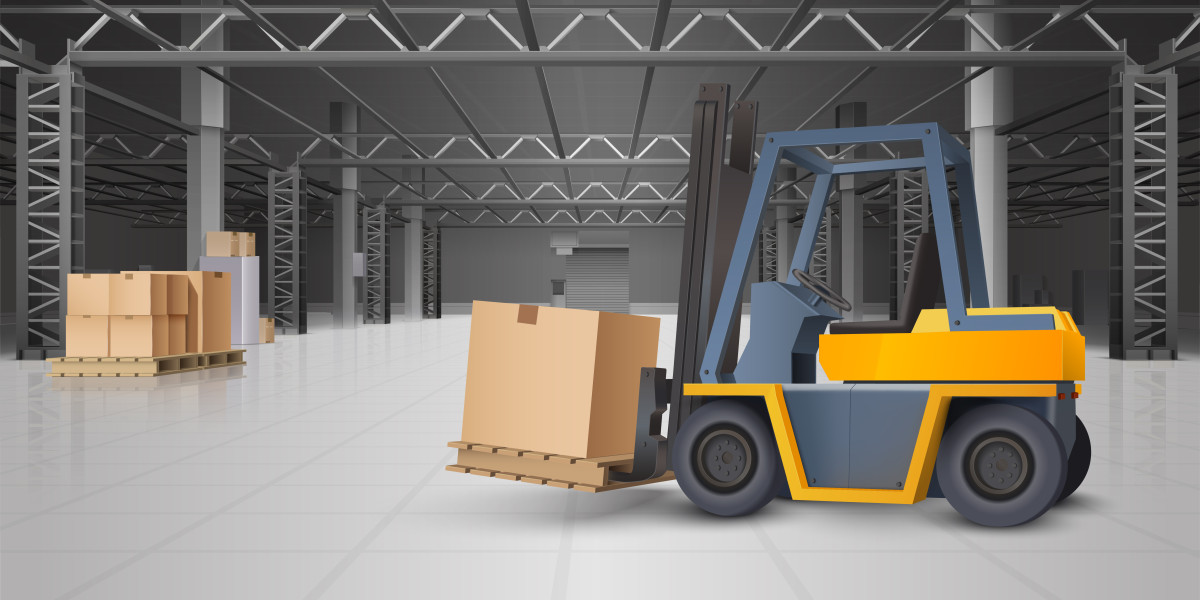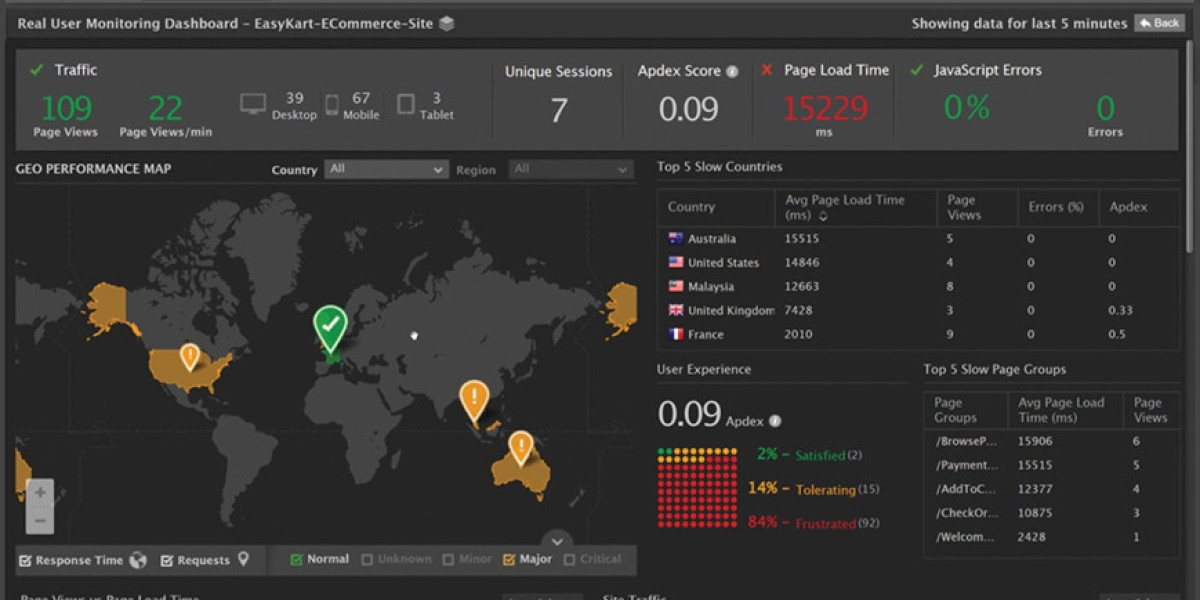When it comes to warehouses, distribution centers, or shipping logistics, the loading dock plays a crucial role in the efficiency and safety of operations. If you've ever seen large trucks pulling in and out of a warehouse or retail facility, you've witnessed the importance of a well-designed loading dock firsthand. But what exactly is a loading dock, and why is it so important?
In this blog, we'll break down the role of a loading dock, the different types, and best practices for optimizing loading dock operations.
What is a Loading Dock?
A loading dock is an area within a warehouse, distribution center, or manufacturing facility designed for the efficient loading and unloading of goods. It typically consists of a platform or a raised area where trucks and other vehicles can park, allowing workers to load or unload goods quickly and safely. Loading docks are an integral part of the supply chain, as they serve as the point where products move in and out of a facility.
Loading docks are equipped with various tools and features to streamline this process, including dock levelers, dock seals, and safety barriers, all of which enhance the speed, safety, and efficiency of operations.
Why Are Loading Docks So Important?
Efficiency in Operations
The loading dock is the focal point for all incoming and outgoing shipments. A well-designed loading dock can significantly improve operational efficiency by speeding up the loading and unloading process, reducing wait times for trucks, and preventing unnecessary delays. This directly impacts the overall speed of the supply chain.Safety
Loading docks are high-traffic areas that can be hazardous without proper safety measures. Accidents such as falls, injuries caused by forklifts, and collisions between trucks and the dock can lead to costly downtime and injuries. Safety features such as barriers, non-slip surfaces, and appropriate training for workers are essential to minimize these risks.Inventory Management
The loading dock is where goods are transferred into and out of a facility, which means it's directly connected to inventory management. A smooth, well-organized loading dock ensures that inventory is properly sorted, tracked, and delivered, leading to better stock control and fewer mistakes.Cost Savings
A well-functioning loading dock minimizes the need for manual labor and reduces the time spent loading and unloading goods. This translates into labor cost savings and can also reduce wear and tear on equipment. By optimizing loading dock operations, facilities can improve their bottom line.
Types of Loading Docks
Not all loading docks are the same. Different types of loading docks are designed to meet specific needs, depending on the nature of the operation, the types of goods being handled, and the equipment available. Here are some of the most common types of loading docks:
Standard or Flush Docks
Flush docks are the most common and simple design, where the dock is level with the building's floor. Trucks back up directly to the dock, allowing for the easy transfer of goods. These are often used in facilities with low to medium volumes of shipments.Enclosed Docks
Enclosed loading docks are fully protected from external weather conditions, offering a more controlled environment. These types of docks are ideal for operations that need to maintain a stable temperature and protect goods from weather elements such as rain, snow, or extreme heat.Through Docks
A through dock is designed for continuous flow of goods. Trucks enter the loading dock area from one side and exit through the opposite side. This type of dock is often used for high-volume facilities with fast-moving inventory, allowing for quick loading and unloading.Pit Docks
Pit docks are installed at a lower height, requiring trucks to lower their trailers into the pit for loading and unloading. These are ideal for companies that need to handle a wide range of cargo sizes and weights. They help reduce the need for lifts or forklifts.Lift-Up Docks
Lift-up docks use a hydraulic system that lifts or lowers the dock platform based on the truck's height. This type is highly flexible and can accommodate trucks of various sizes, providing a versatile option for businesses with different shipping needs.
Best Practices for Optimizing Loading Dock Operations
To maximize the efficiency, safety, and effectiveness of your loading dock, it's important to implement best practices that ensure smooth operations. Here are a few key strategies:
Regular Maintenance
Ensure that all dock equipment is regularly serviced and maintained. Dock levelers, seals, doors, and safety equipment should be checked regularly to avoid malfunctions that can lead to delays or safety hazards.Proper Training for Workers
Workers should be trained in proper loading and unloading techniques to minimize accidents. Training should also cover how to operate the equipment, such as forklifts and pallet jacks, safely.Clear Dock Organization
Keep the dock area organized to avoid confusion and reduce time spent searching for items. Implementing a system for tracking and storing goods can streamline the entire process.Safety Protocols
Establish clear safety protocols, such as ensuring that trucks are properly secured before unloading, using high-visibility clothing for workers, and creating clear pedestrian walkways away from vehicle traffic.Optimize Scheduling
Ensure that trucks are scheduled in a way that minimizes congestion at the dock. Having a clear and consistent schedule for shipments helps reduce bottlenecks and delays, making the overall operation smoother.
Conclusion
The loading dock is a vital part of any business that deals with physical goods. By understanding its importance and implementing the right practices, companies can enhance efficiency, improve safety, and reduce costs. Whether you're running a warehouse, a distribution center, or a retail operation, optimizing your loading dock operations can provide a significant boost to your overall supply chain performance.








